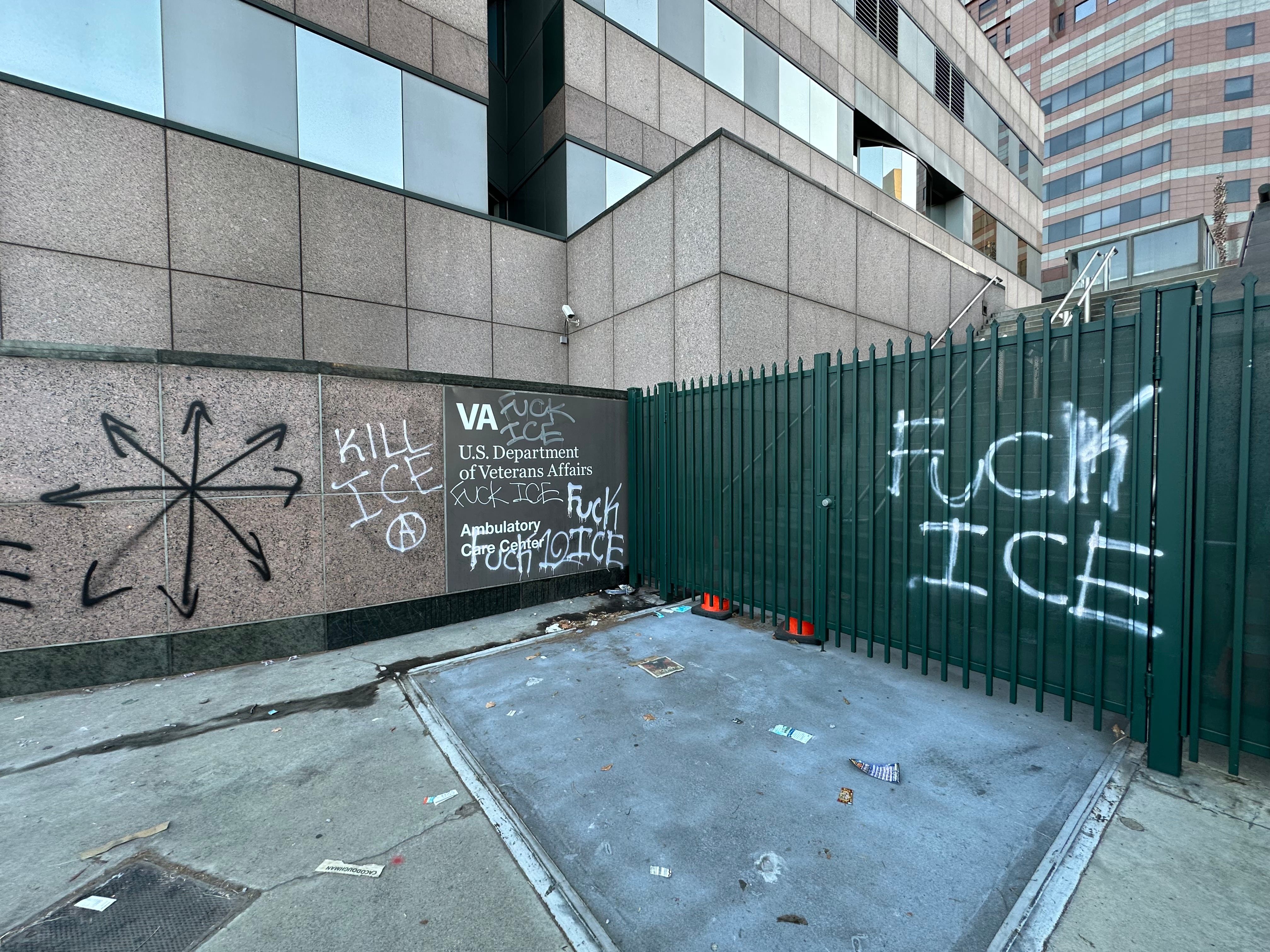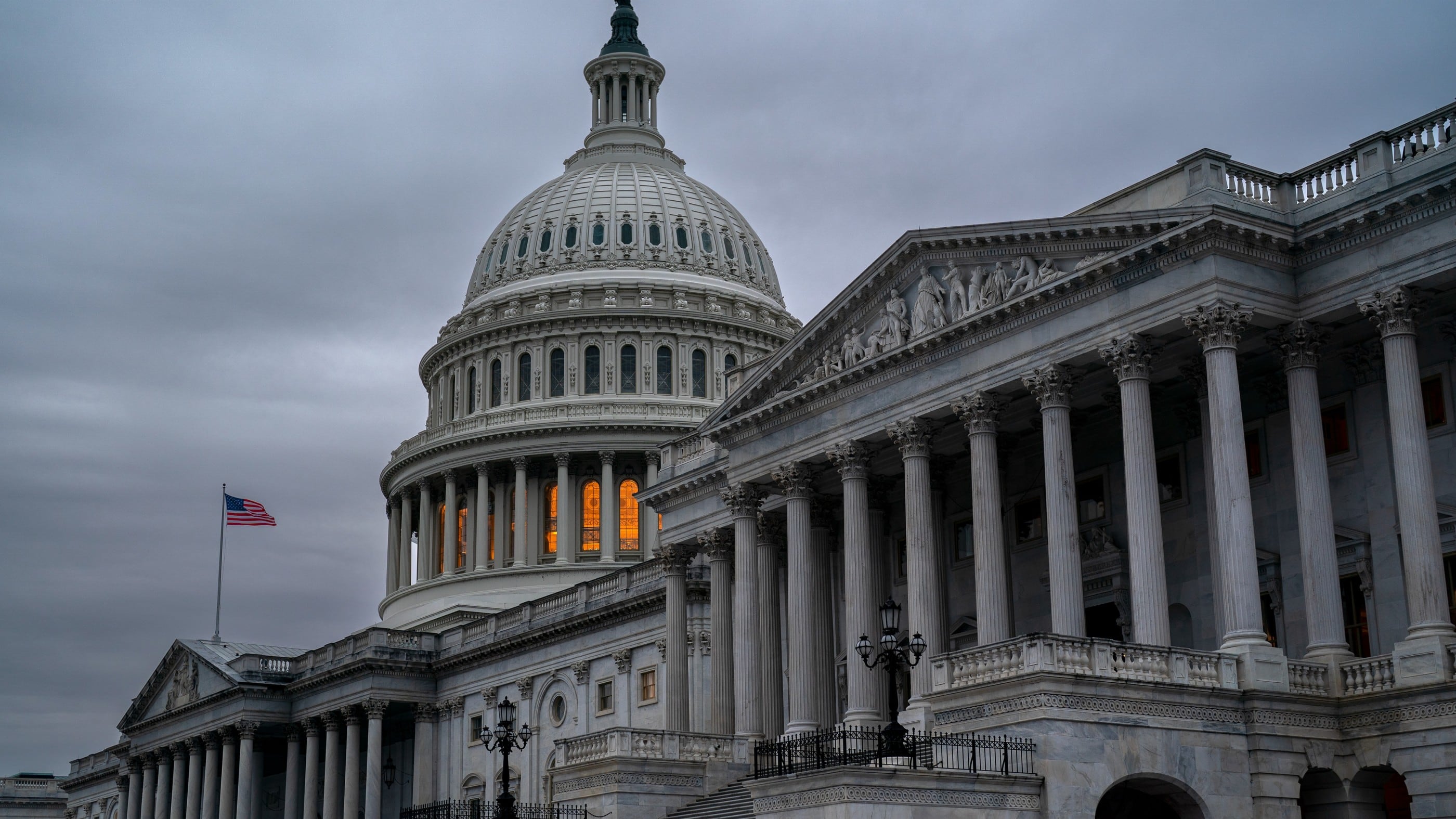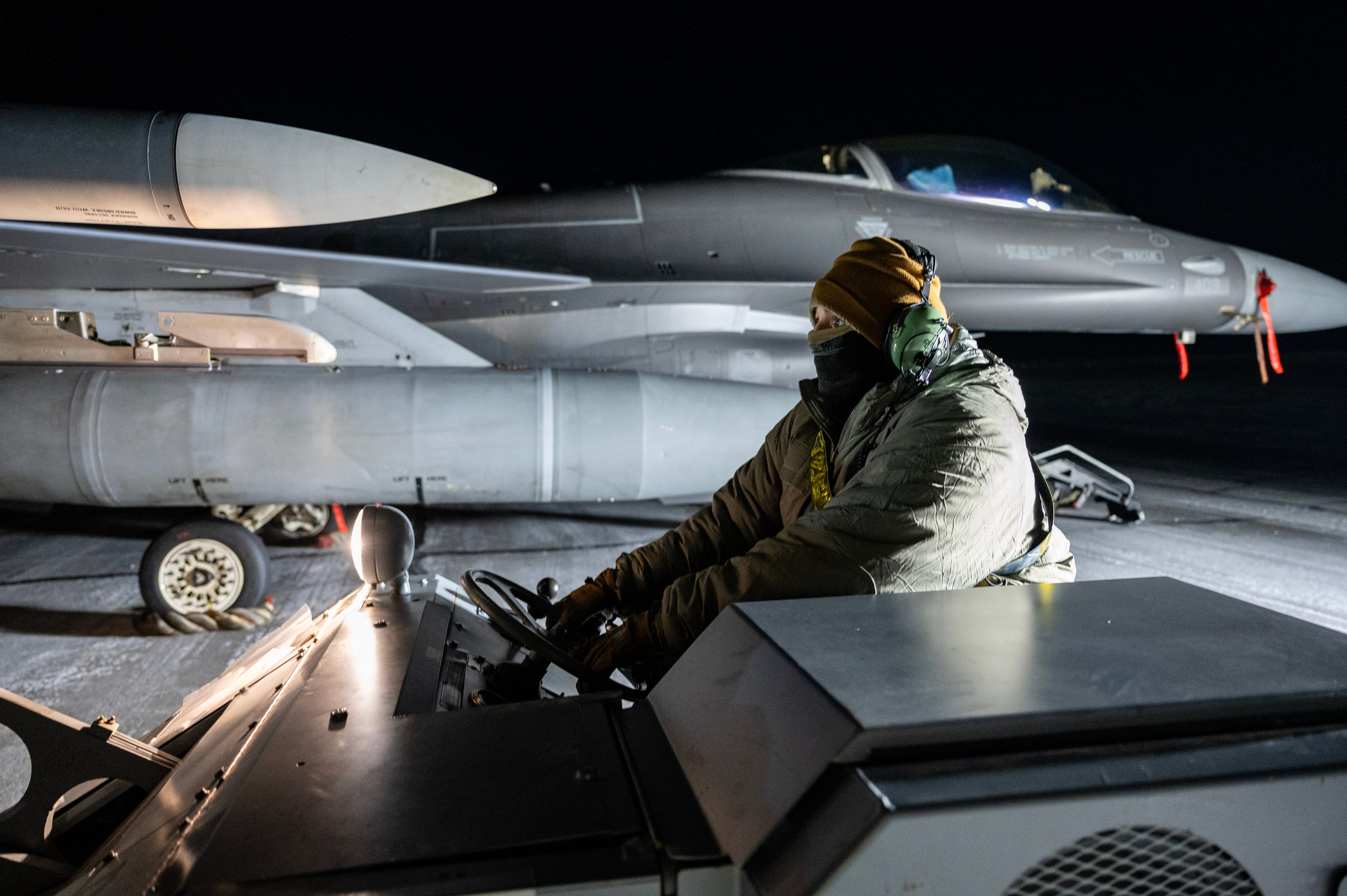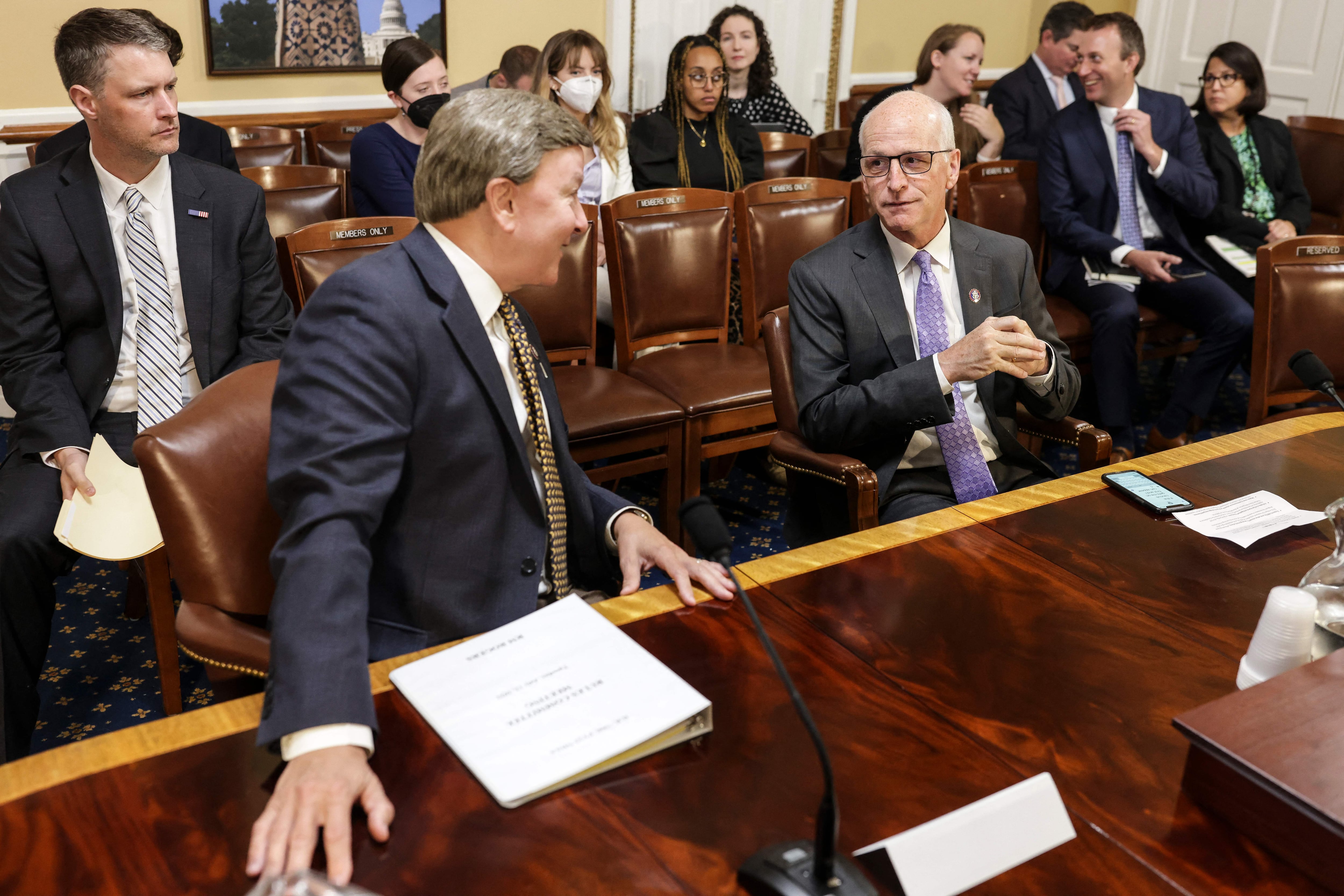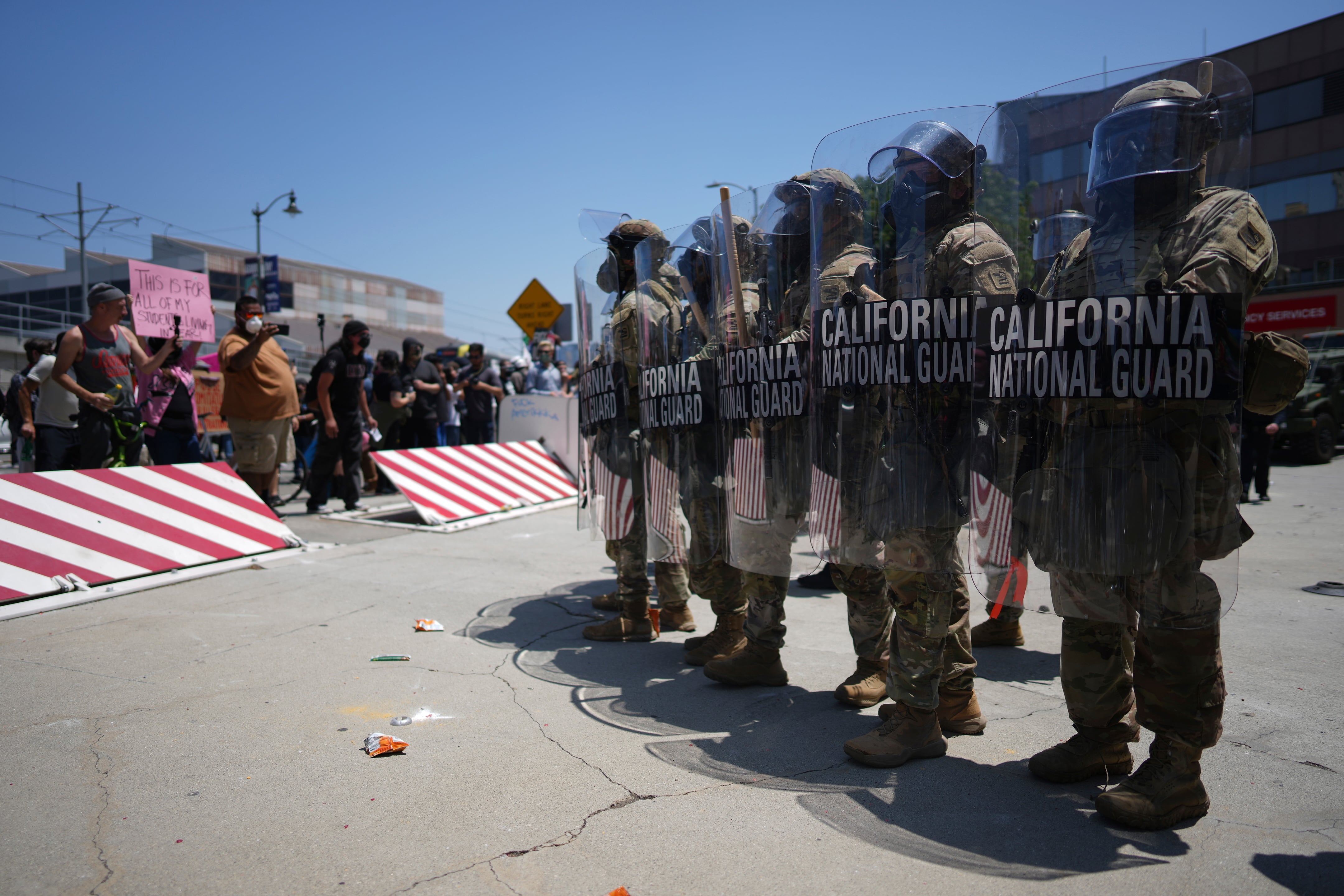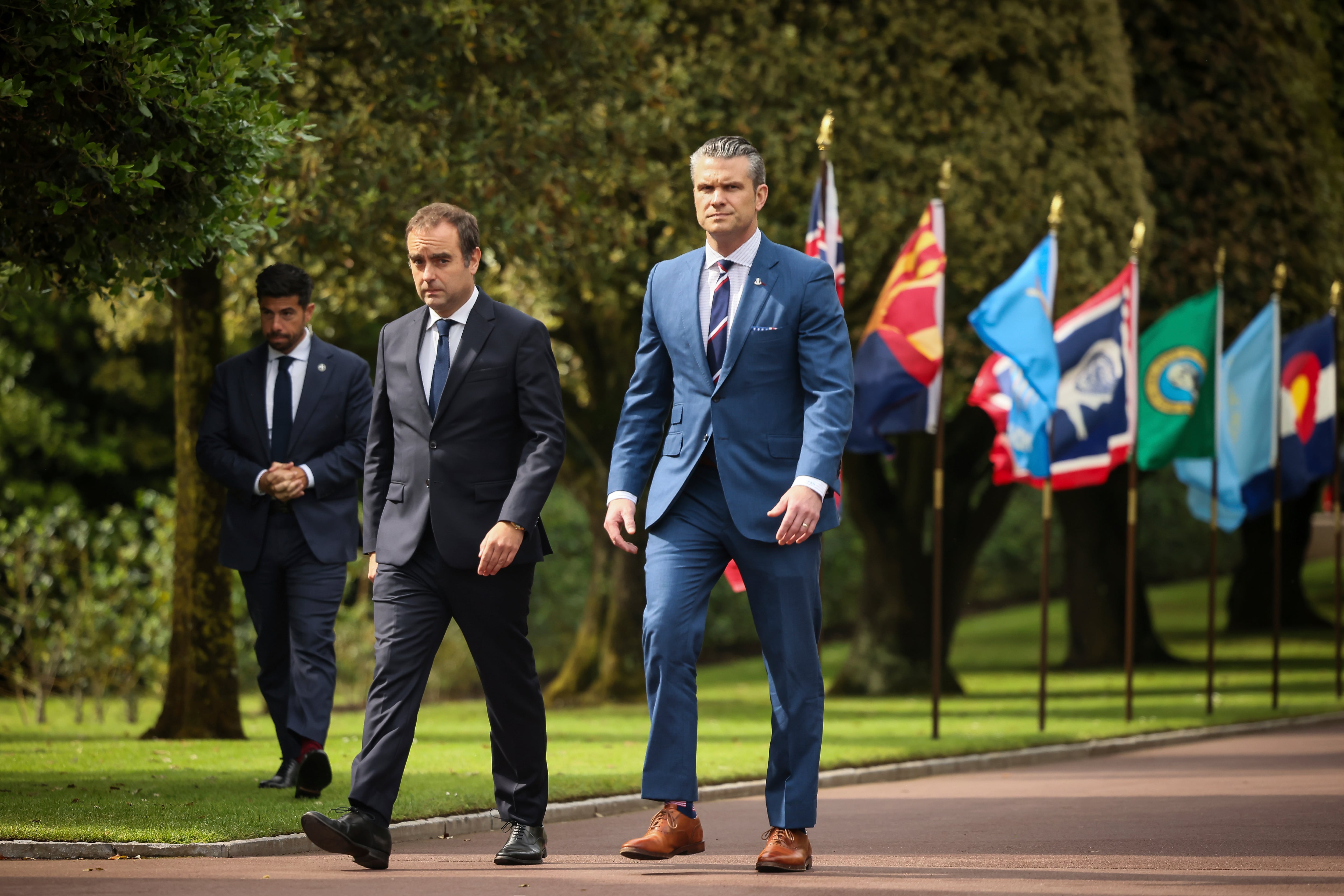The Navy’s has reached the deckplate execution phase of their training overhaul, announcing recently that the service has officially flipped the switch on the first stage of this new approach to training first-tour sailors.
The overhaul, known as “Ready, Relevant Learning,” formally switches Navy ‘A’ School training into what is being called “block learning.”
The update was announced April 5 in NavAdmin 089/18.
The Navy’s ultimate goal is to use high-tech, private sector-proven teaching techniques base on “science-of-learning principles,” and couple them with high-tech training delivery methods.
Because this will require acquisition programs and a total rewrite of most of the Navy’s entry school training, the process is expected to take upwards of five years to complete.
RELATED

Getting to that completed transition is the real purpose behind block learning. Taking the existing training content for each rating, the Navy breaks it into “blocks” that are delivered at different points throughout a sailor’s initial enlistment.
Right now the effort is focused entirely on the initial entry training pipeline, but officials say it will eventually encompass training over the course of a sailor’s career.
“Logistics specialists transitioned in May 2017 to the [block learning] construct,” wrote Vice Adm. Robert P. Burke, the Navy’s chief of personnel, in the message.
“These sailors will start returning to [Block 1 training] in May 2018. Other ratings will follow, with all ratings identified for BL transitioning during FY18.”
To date, “we have completed Block Learning analysis for 54 rating paths, approved changes for 25 ratings, with nine now delivering training in this new continuum,” Burke wrote in a March blog.
For now, sailors will return to brick and mortar schools to get their next level of training, but Burke said that will also change, as the service finds and procures the technology to perform follow-on training on the waterfront or at individual commands.
For now, ratings in block training will see their sailors receive an additional two to five weeks of training, anywhere from 12 to 24 months from their initial report date, to get the expanded knowledge and skills they will need to sustain them for the remainder of their first tour.
Because this will require tracking, the message mandates that all units designate unit training officers by May 1 to track sailor progress and coordinate follow-on training for each.
Mark D. Faram is a former reporter for Navy Times. He was a senior writer covering personnel, cultural and historical issues. A nine-year active duty Navy veteran, Faram served from 1978 to 1987 as a Navy Diver and photographer.

